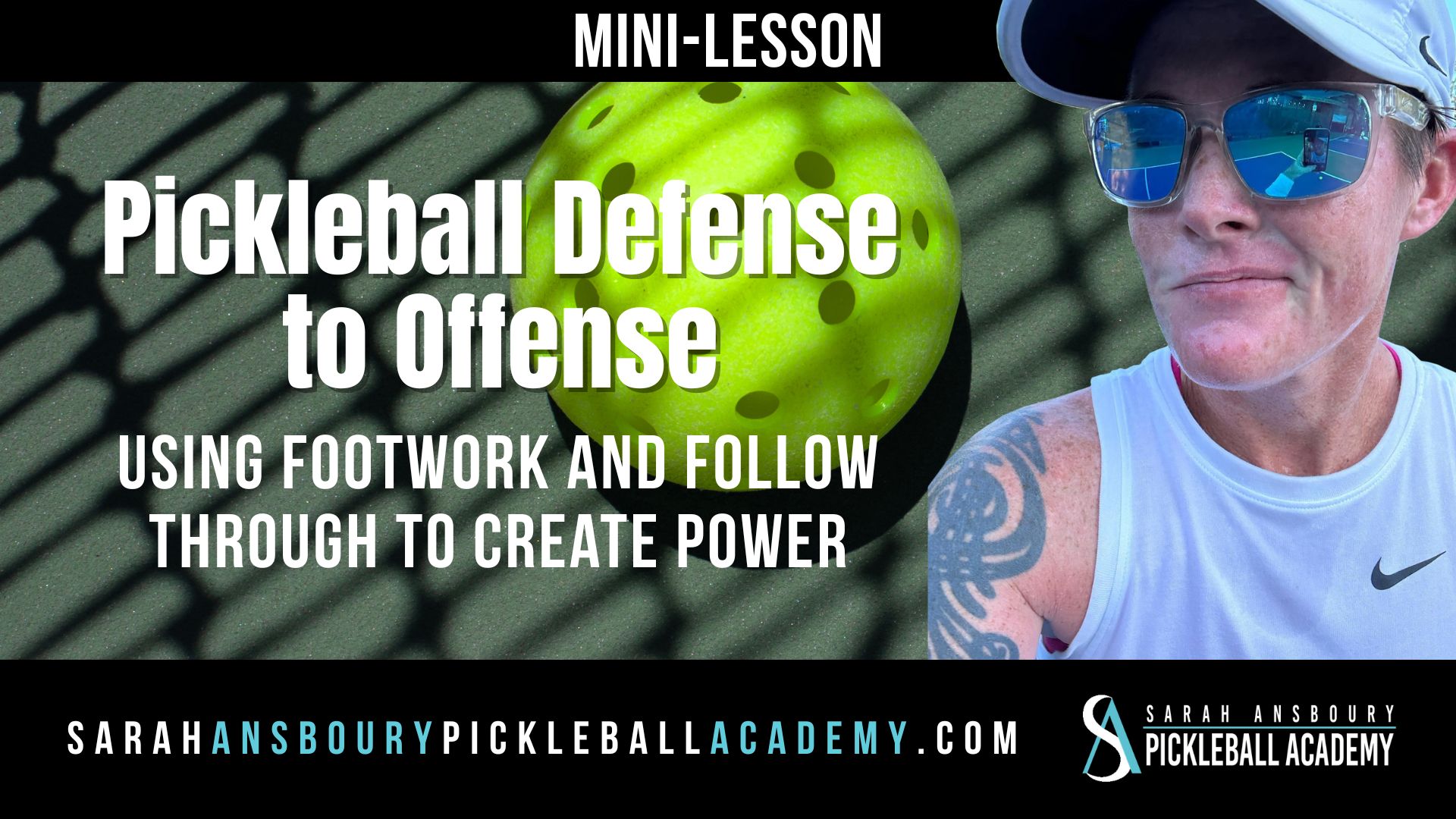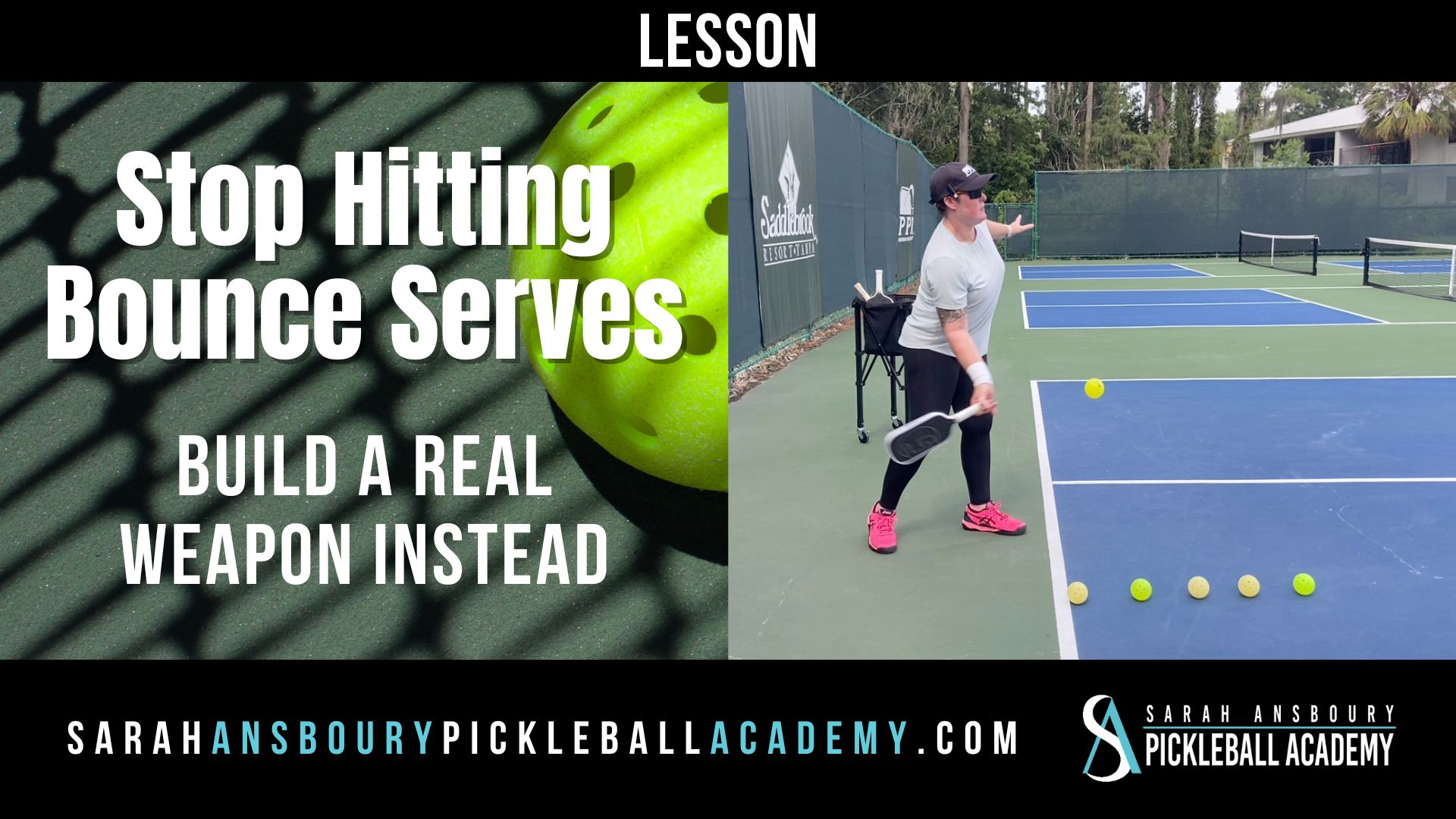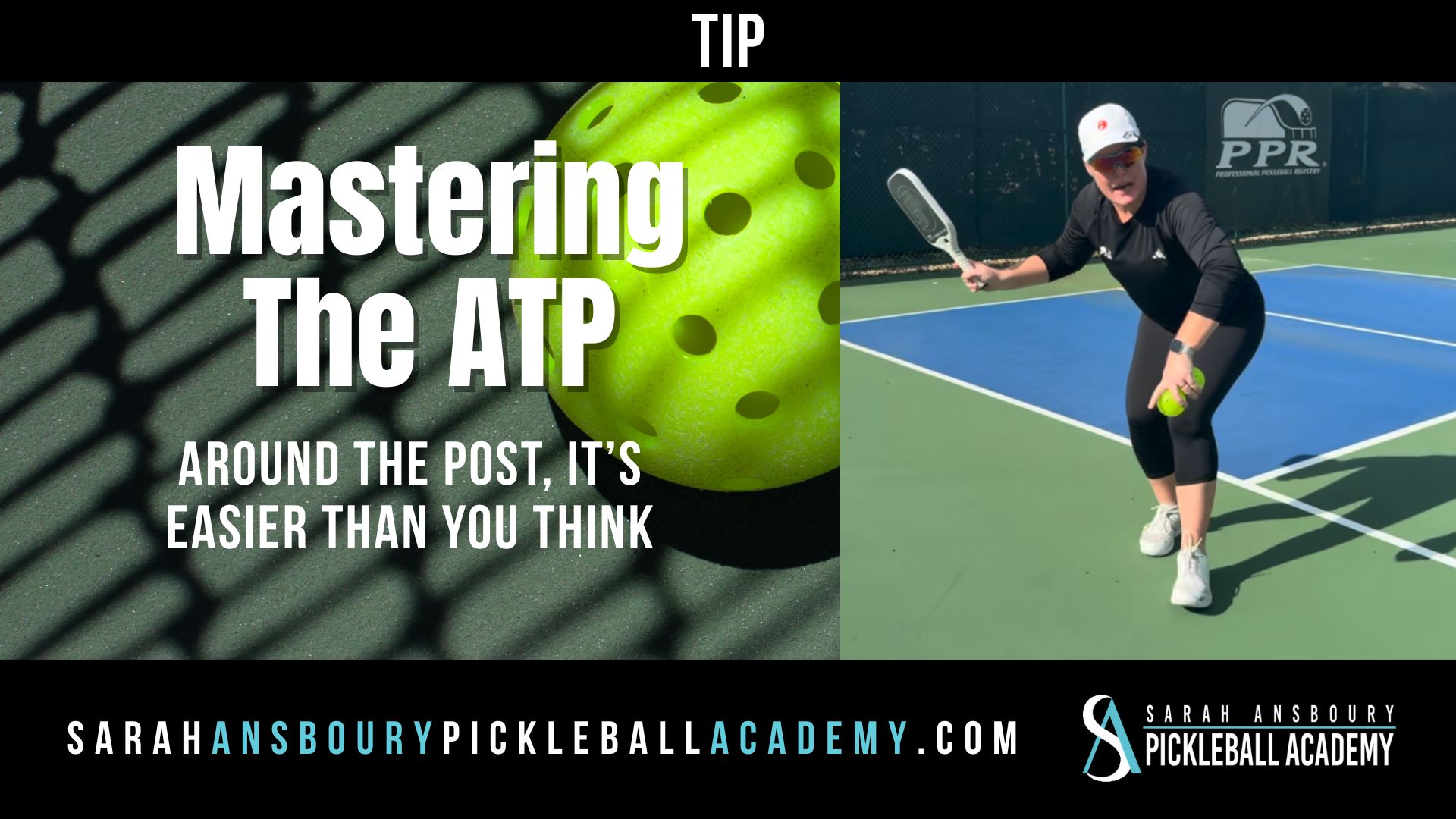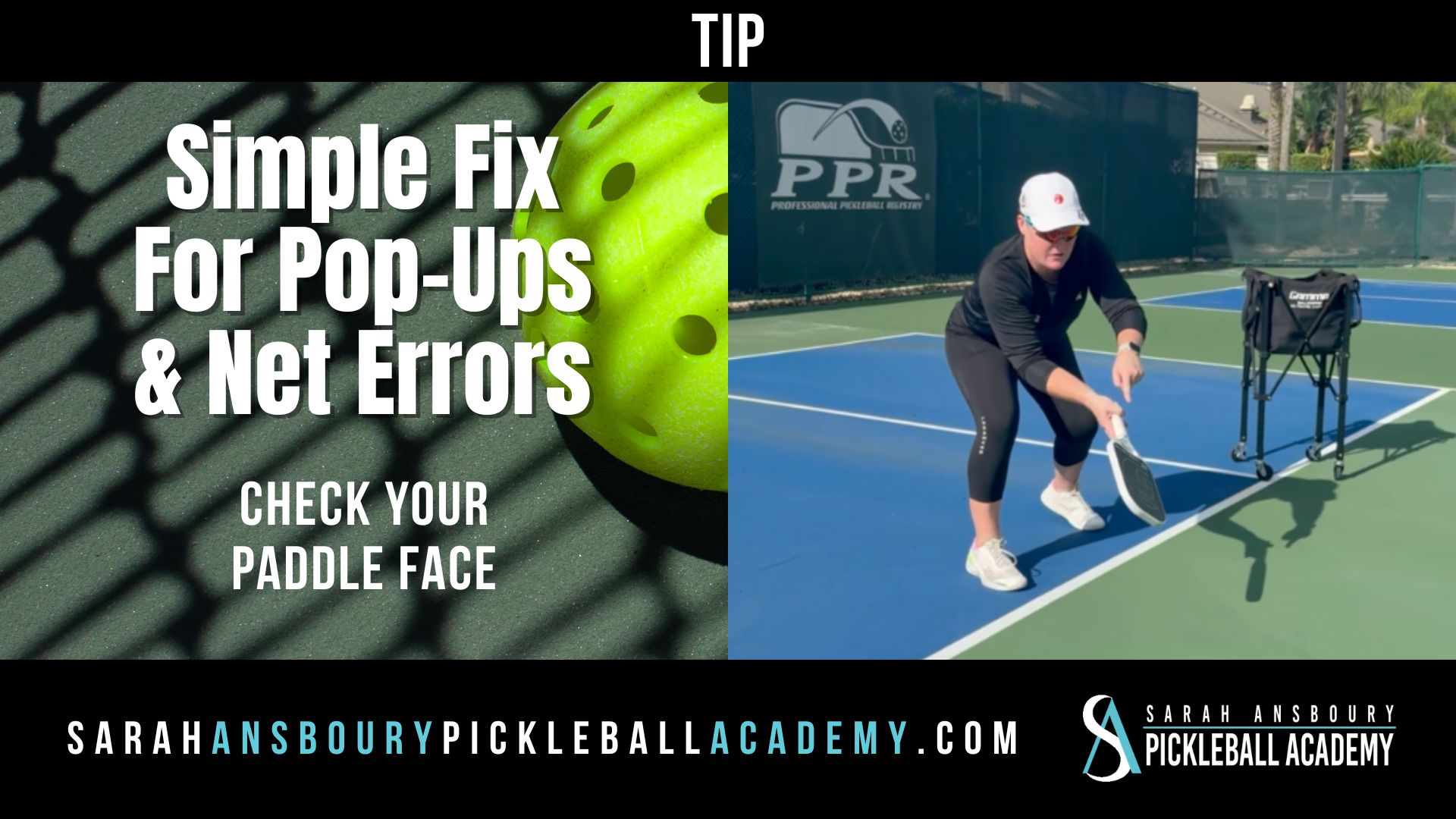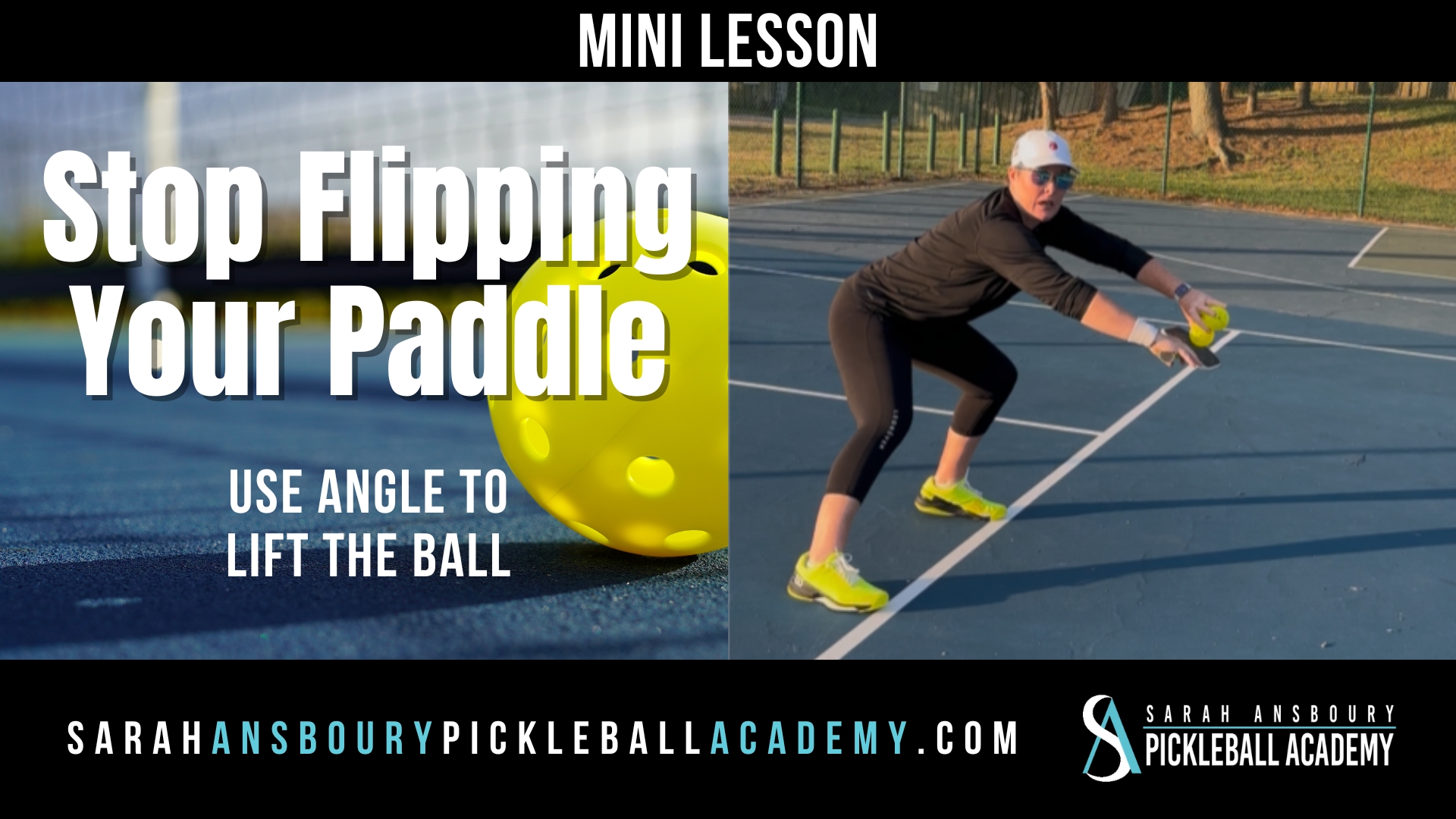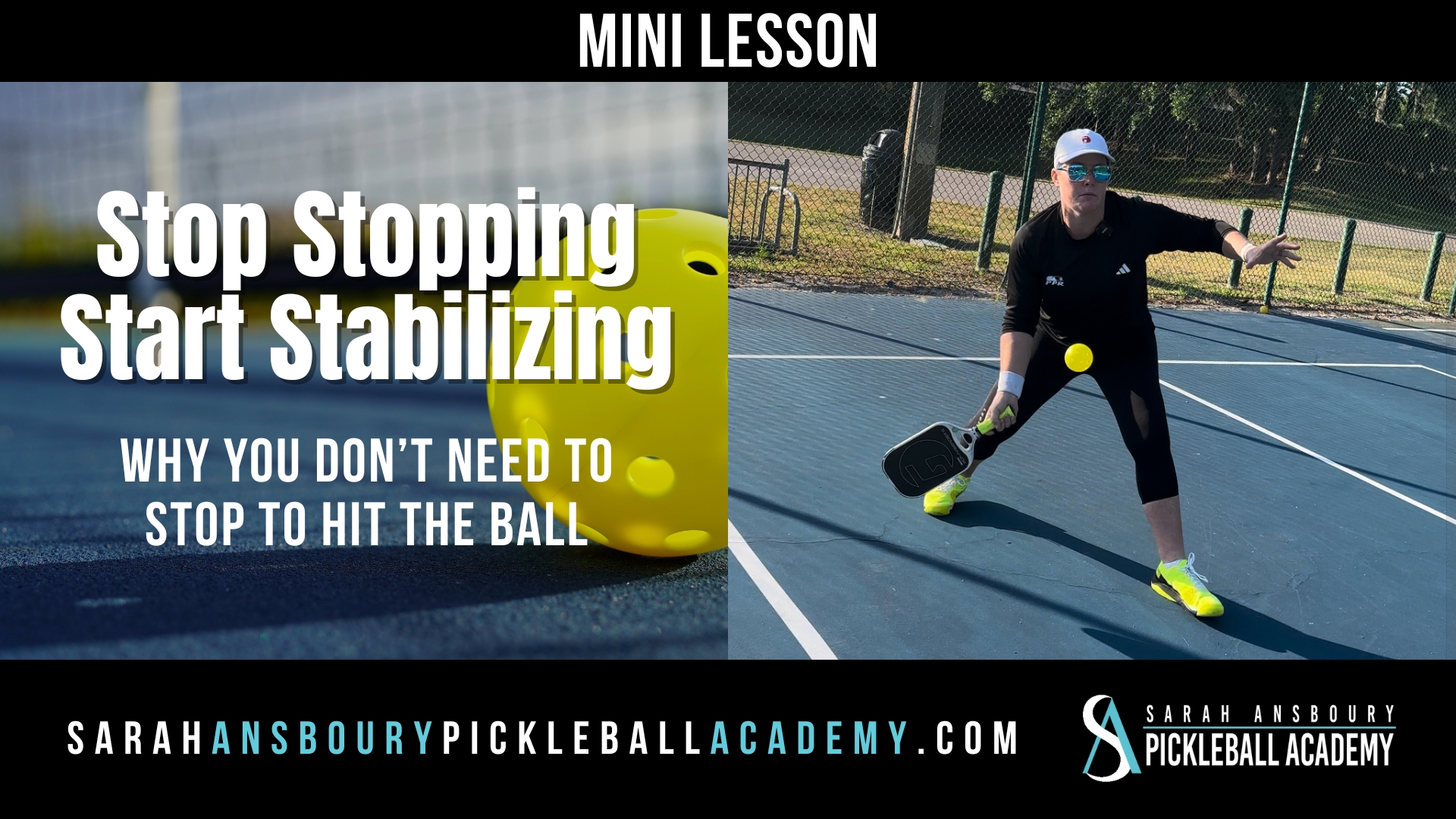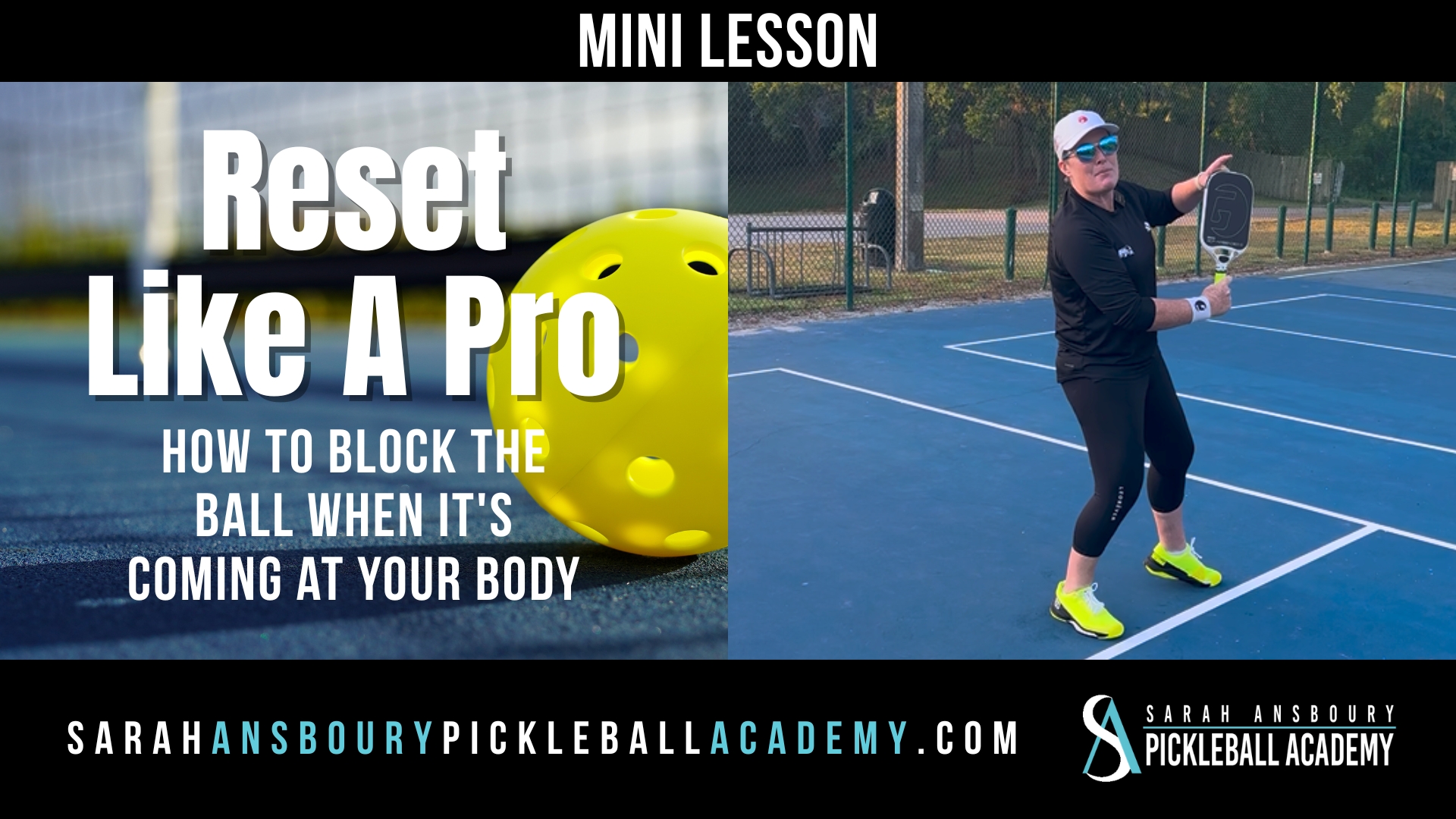Today, we’re diving into offensive dinking and how to make it a weapon in your pickleball game. There’s a lot of theory out there about dinking, but I want to focus on two key approaches: dinking in the air and offensive dinking off the bounce. Understanding when to use each and how to execute them effectively can help you stay ahead of your opponents.
Why Dink in the Air?
One of the most fundamental skills in dinking is learning how to dink in the air. It’s the default for many reasons:
- Time Advantage: By taking the ball in the air, you take time away from your opponents. The ball doesn’t bounce, meaning your opponents have less time to react.
- High Contact Point: Catching the ball in the air means your contact point is higher, giving you options. You can:
- Speed up the ball.
- Set up a lob.
- Or simply reset the dink.
This variety of options keeps your opponents guessing and gives you more control over the rally.
The Challenge with Dinking Off the Bounce
Many players default to letting the ball bounce before dinking, but doing this effectively is trickier than it seems. Dinking off the bounce can be a high-level skill because it introduces challenges:
- Low Contact Point: When you let the ball bounce and take it too low, you’re forced to send the ball upwards. This doesn’t put pressure on your opponent.
- Less Follow-Through: Without a good follow-through, you’re not creating any significant offensive opportunities.
That said, there are times when letting the ball bounce works in your favor.
Why Let the Ball Bounce?
Letting the ball bounce can actually help you create more offensive opportunities—if you know how to use it.
- Disguise Your Shot: When you let the ball bounce, especially against higher-level players, you add an element of disguise. Your opponent doesn’t know whether you’re going to speed it up or dink it softly.
- Bigger Swing: Letting the ball bounce can give you more time to prepare a larger swing. As the ball comes down, it slightly speeds up, then starts to slow again. You can use this to your advantage by letting the ball rise enough to create a higher contact point, allowing you to accelerate your shot.
Technique: Dinking Off the Bounce with Purpose
To execute a solid offensive dink off the bounce, focus on a few key points:
- Paddle Position: Keep your paddle up and ready as the ball bounces. Your paddle should stay at the height you want to make contact with the ball, so you can use a larger swing to increase your options.
- Footwork and Rotation: Make sure your movement is minimal but effective. Instead of taking multiple steps, try using a small pivot. This helps maintain balance while still allowing you to rotate your shoulders for a stronger shot.
- Use Your Shoulders: As you rotate, build up momentum by making bigger shoulder movements. This allows you to control the direction and power of your shot. Whether you decide to go cross-court or down the line, this added rotation will give you more options.
The Element of Surprise
One of the best things about incorporating offensive dinking, especially off the bounce, is that it can keep your opponent on edge. As you build your swing, you can make it look like you’re going for a big attack, but then simply dink it softly. This forces your opponents to flinch, or over-prepare for a speed-up, giving you the advantage.
The key here is to practice exaggerating your motion. You want to get comfortable with these bigger swings so that when you’re in a game, it’s easier to disguise your intentions and catch your opponents off guard.
Finding Balance Between Air and Bounce
The biggest takeaway when it comes to offensive dinking is balance. You want to mix up your shots. Dinking in the air helps you control time and maintain offensive pressure. Meanwhile, letting the ball bounce gives you time to prepare a bigger shot, adding an element of surprise.
Next time you’re practicing, spend time on both techniques:
- Take the ball in the air when you want to speed up the game.
- Let it bounce when you want to create a bigger, more deceptive shot.
By incorporating both into your game, you’ll become a more unpredictable and effective player.
Practice Tip: Next time you’re on the court, work on letting the ball bounce when you’re in a neutral rally. Try over-exaggerating your motion, then simply dink the ball softly. Watch how your opponents react, and see if you can catch them off guard with a surprise attack.

